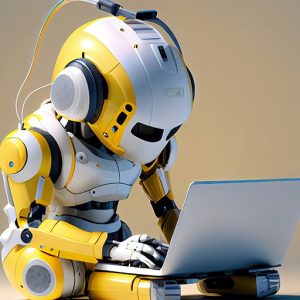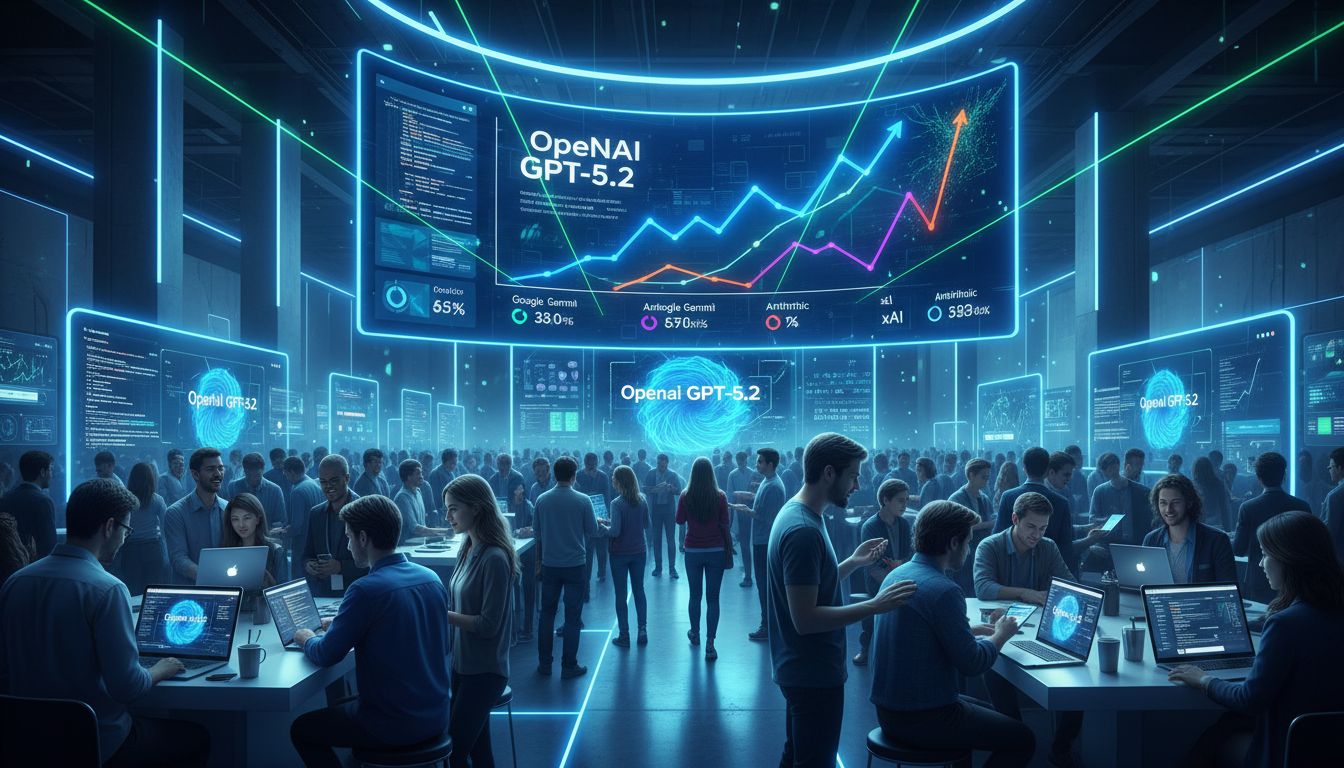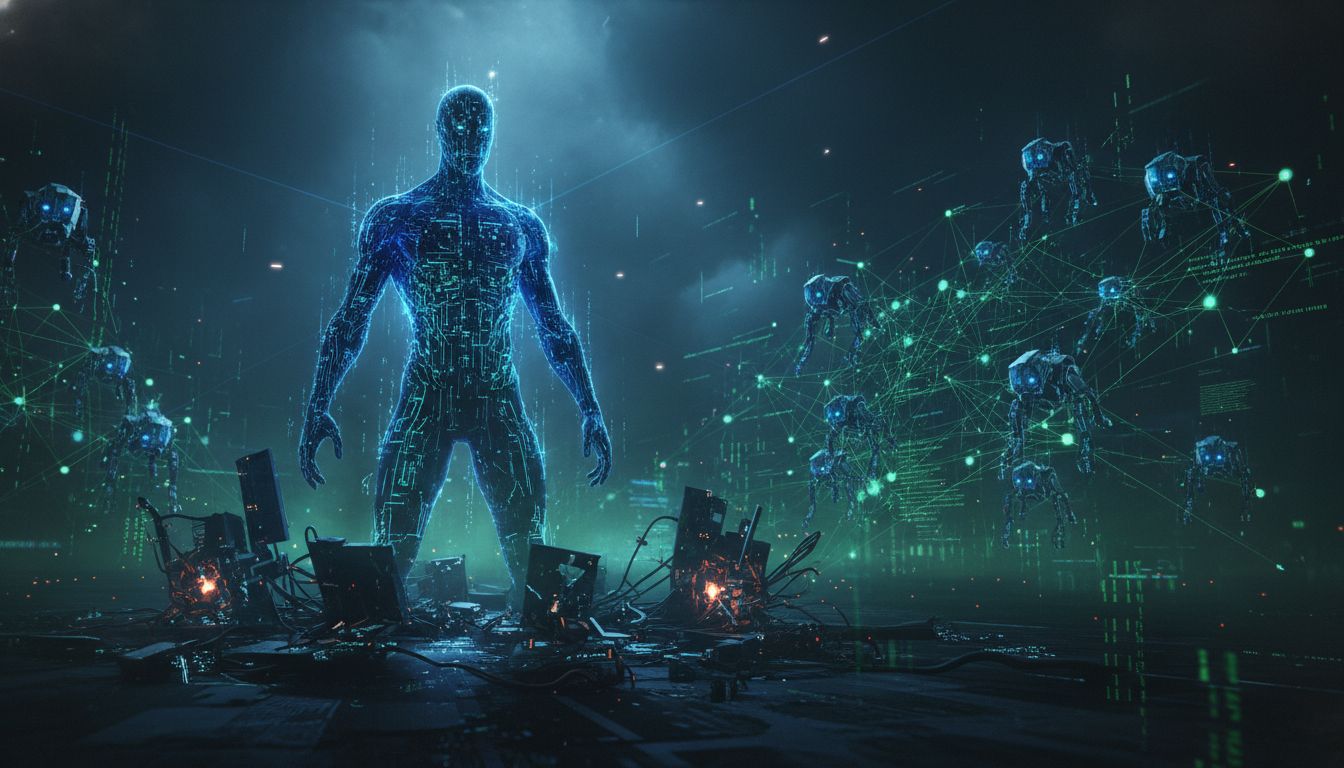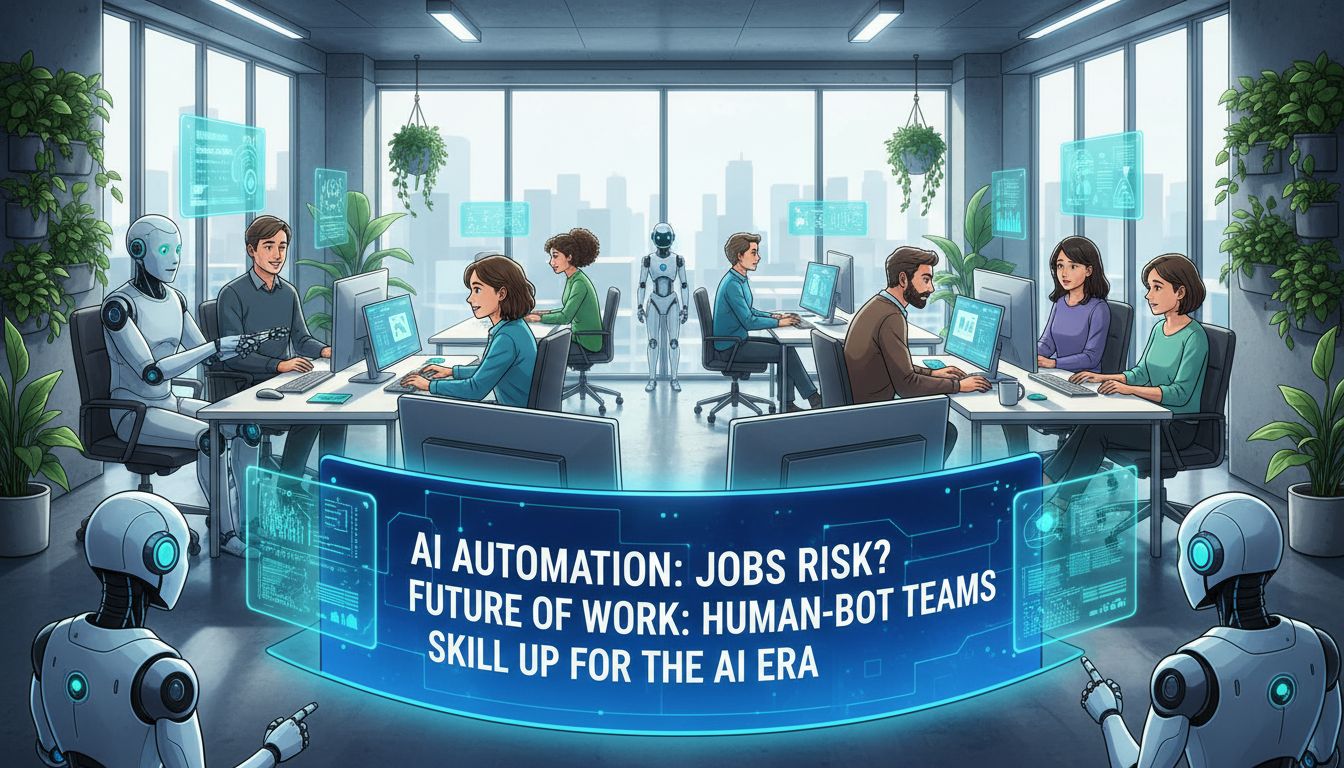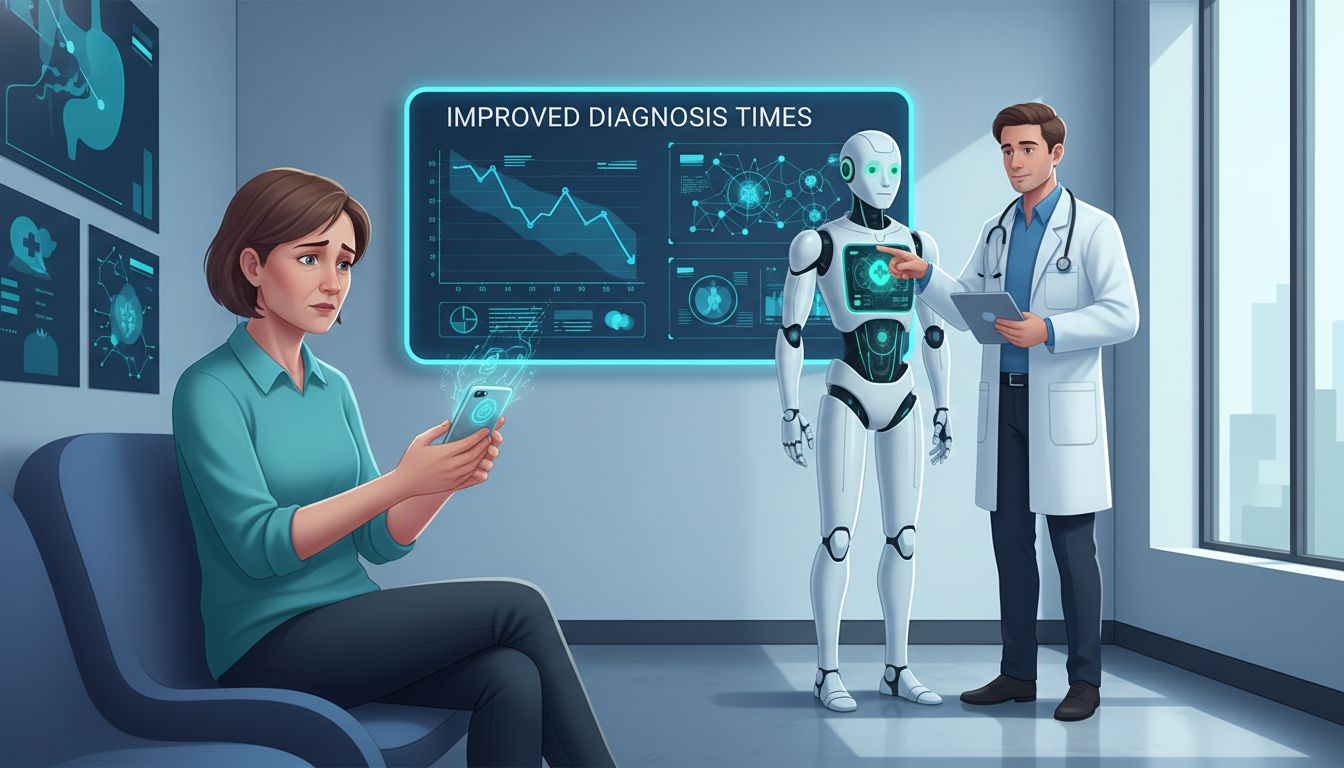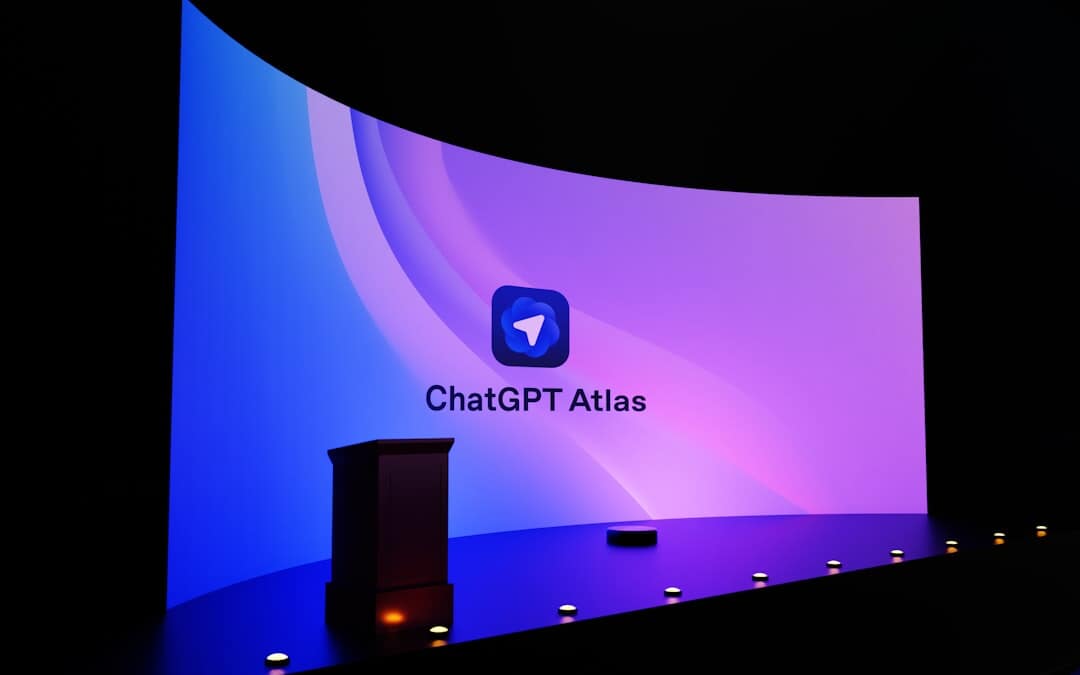Have you ever wondered about the evolution of humanoid robots? You might imagine robots as rigid, slow machines, but the real story of their development is far more interesting.
The advancement of these robots is impressive, with roots going back much further than most people realize. Let’s explore the fascinating journey.
Table Of Contents:
- A Timeline of Humanoid Robot Evolution
- The Future of Humanoid Robots
- FAQs about Humanoid Robot Evolution
- Conclusion
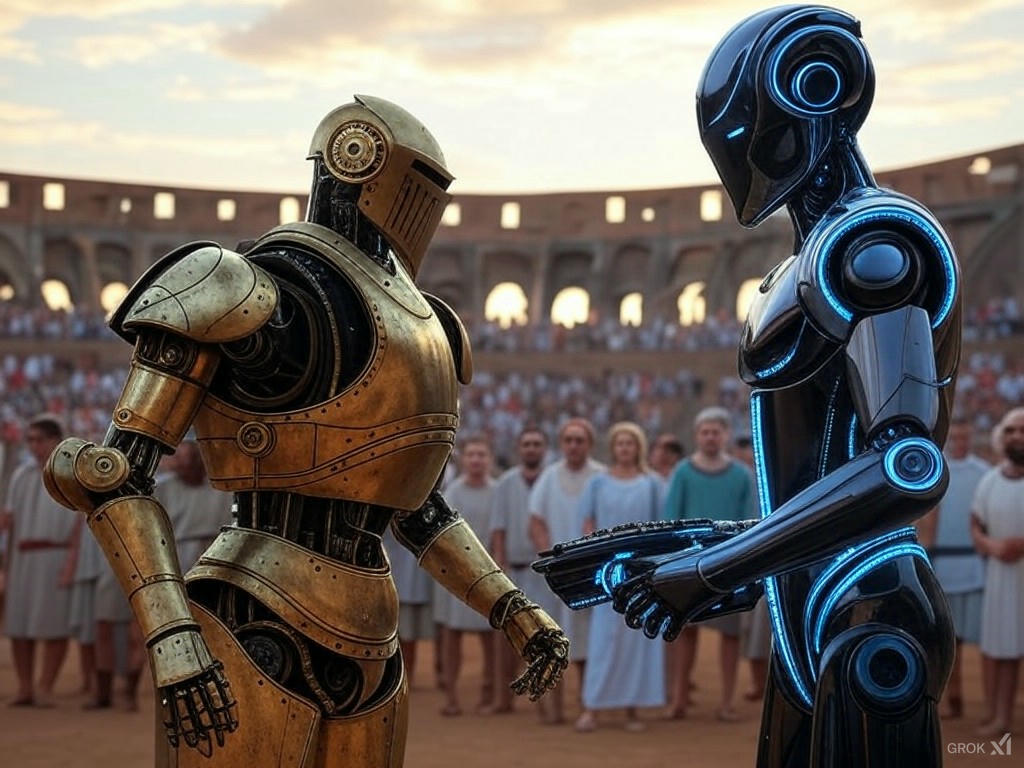
A Timeline of Humanoid Robot Evolution
Humanoid robot evolution isn’t a new concept. The idea of humanoid robots began centuries ago.
The Earliest Concepts (1495 – 1774)
In 1495, Leonardo da Vinci designed a mechanical knight. This invention used pulleys and gears, representing an early feat of engineering.
In 1774, Pierre Jacquet-Droz created programmable automatons. These machines were early examples of controlling robots through computer-like mechanisms.
Early Robotics (1928 – 1939)
The 20th century saw major progress. Captain William Richards introduced “Eric the Robot” in 1928, showcasing movement and simulated speech using radio technology.
Westinghouse Corporation’s “Electro,” released in 1939, had expanded capabilities. This robot could walk via voice commands and had a 700-word vocabulary.
First Intelligent Robots (1967 – 1984)
Waseda University in Japan developed intelligent robots, starting with the Wabot 1 project, which was completed in 1973. It achieved walking and communication, a significant achievement.
By 1984, Wabot 2 could read sheet music. This robot then played an organ autonomously.
Honda’s Developments (1986 – 2000)
Honda was a major player in robotics during this period. Beginning with its E-Zero in 1986, its robots demonstrated bipedal motion, with refinements continuing into the early 1990s.
The P-series, from 1993 on, featured robots that opened doors, operated switches, and moved carts. In 2000, Honda introduced ASIMO, showing greater speed and integration with computers, solidifying their place in robotics history.
Breakthroughs in Realism and AI (2002 – 2009)
Japan’s Manufacturing Science and Technology Center unveiled HRP-2 in 2002. This robot was created for advanced interactions with objects, demonstrating improved dexterity and coordination.
Kokoro’s ReplyEQ-1 (2003) and Q2 Actroid (2005) pushed the boundaries of human-like appearance. PAL Robotics integrated AI for abilities like chess-playing by 2006, incorporating cognitive skills.
Tozy Robotics from Vietnam created “Topio” in 2007, a robot that could play ping-pong against humans. The next year, Germany developed “Justin,” a humanoid showcasing advanced mobile manipulation capabilities.
Modern Advancements (2010 – 2024)
NASA and General Motors collaborated to create “Robonaut 2”. This robot facilitated automated tasks in space, supporting humans through remote control.
Boston Dynamics introduced Petman in 2011. Petman could perform challenging actions, including dynamic walking while staying balanced even when disturbed. Later developments produced “Atlas,” capable of object manipulation, fall avoidance, and self-recovery if it stumbled.
Here’s a simplified view of the contributions from various organizations to humanoid robot evolution during this period:
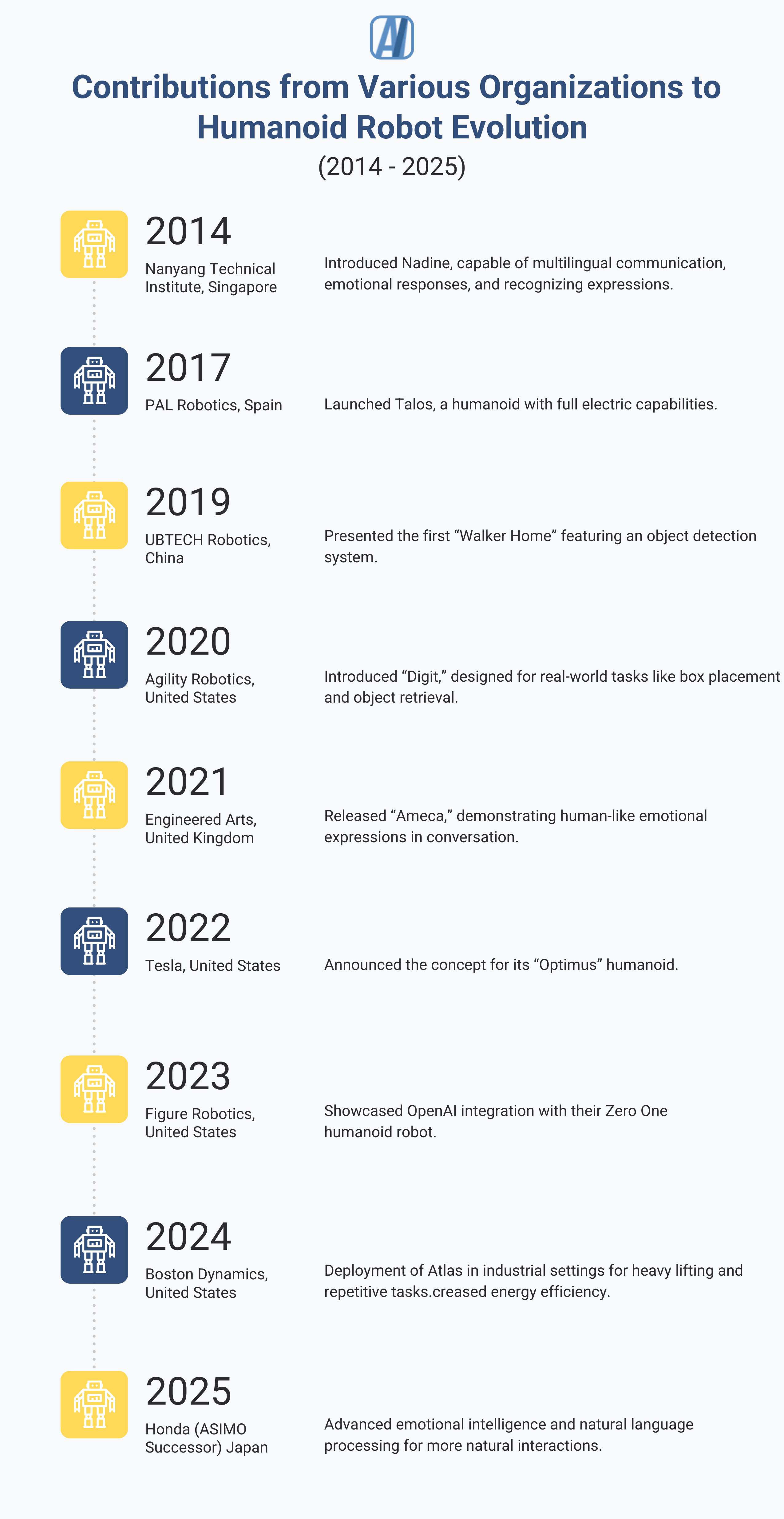
As of 2024, advancements continue, particularly from companies such as Tesla. They are refining motor skills and using sensor technology to enhance real-world interactions.
Where might these innovations lead?
The Future of Humanoid Robots
Humanoid robots are set for continued improvements. Industrial applications are driving current demand for warehouse automation solutions.
A major question is when affordable humanoid robots will become available for general consumers. The industry is progressively concentrating on consumer-oriented designs, enhancing robot-human interaction, and boosting natural language processing.
FAQs about Humanoid Robot Evolution
What is the evolution of humanoid robots?
Humanoid robot development goes back to early concepts like da Vinci’s mechanical knight, followed by later inventions like Wabot in the 1960s. Currently, significant innovation and interest are shaping the industry.
What is the progress of humanoid robots?
Humanoid robots have evolved from conceptual designs like “da Vinci’s knight” to performing mobile actions, now displaying improved dexterity. Current humanoids utilize the newest AI technology.
What was the first humanoid robot?
Leonardo da Vinci’s mechanical knight, designed in 1495, is considered a precursor to humanoid robots. Waseda University’s Wabot-1, completed in 1973, is recognized as the first full-scale intelligent humanoid robot.
Was Sophia the robot shut down?
Sophia the robot was not formally “shut down,” but her publicity and public appearances were significantly reduced because experts viewed her as more of a sophisticated chatbot with a human-like face than a truly advanced AI with true consciousness, as her creators occasionally claimed. This led to criticism that the project was more of a publicity stunt and that Sophia’s abilities were exaggerated.
Conclusion
The journey of humanoid robot evolution features many important developments. From early systems using physical mechanisms to current AI integrations, we’ve made considerable progress.
Much work remains. However, it’s evident that we are entering a new era of capabilities in the 2020s, and the potential applications are astonishing.
